Jack in the Green, Levellers’ Day – and Suffragette Morris dancers
I recently attended the Jack in the Green May festival in Hastings replete with Morris dancers, drummers, bands and puppets parading through the streets of the old town. The official website recounts that a festival with this name had existed until the end of the nineteenth century. As it honestly states ‘The custom was revived in Hastings by Mad Jacks Morris Dancers in 1983. We do not say we are following exactly what happened, this is a custom for now, not a fossil.’
Looking at what appeared to be anarcho-syndicalist goth musicians and a female troop of (traditionally male) Morris dancers dressed in the colours of the WSPU I was reminded in some ways of Levellers’ day, held annually in Burford, Oxfordshire (Cameron is the local MP) on May 17. As I have analysed elsewhere, the festival commemorates a political defeat of the radical Levellers during the English Civil War more than three hundred and sixty years ago. Leveller leaders had led mutinies in the Army during the civil war and had been arrested and imprisoned: Burford was seen as a final stand. The Burford mutiny followed on from the defeat of radical ideas at the Putney debates in 1647.There had been previous mutinies when men who refused to volunteer for service in Ireland were demobilized without payment of arrears. However, on previous occasions the generals had not executed mutineers. According to Christopher Hill, here the defeat of ‘the more extreme radical’ activists, resulted in a ‘total rout’. On May 17th 1649 Cornet Thompson and Corporals Church and Perkins were executed in Burford churchyard.
Annually in May, in the local church, garden and streets, people from outside the town construct a different character to the conservative norm, marching around the town with banners, hearing radical speeches and placing wreathes in the churchyard – and watching Morris dancers.
Levellers’ day originated from the Workers’ Education Association (WEA) Oxford Industrial Branch, the motto of which was ‘Knowledge is Power’ and set up in 1972 with the aim of taking the movement back to its ‘working class labour movement roots’. In 1975, a Levellers’ sub committee was established and organised a wreath laying that year attended by 80 people including local trade unionists. As an industrial branch member remarked, “those soldier delegates – the “agitators”- were the first shop stewards!”
The narrative of the 1970s Levellers was seen as part of a commemoration of people ‘hidden from history’, the phrase often used by contemporary radical historians. Until the organisation of Levellers’ day the scratched name on the Burford font ‘Anthony Sedley prisoner 1649’ had been ‘the only inscription to commemorate the last stand of the Levellers’.
Often addressed by supporter Tony Benn, speakers in 2014 will include Frances O’Grady of the TUC – and entertainment from Cry Havoc Morris dancers and Vale Islanders folk dancers. I would have thought that the suffragette dancers and anarcho-syndicalist musicians would not be out of place here either…

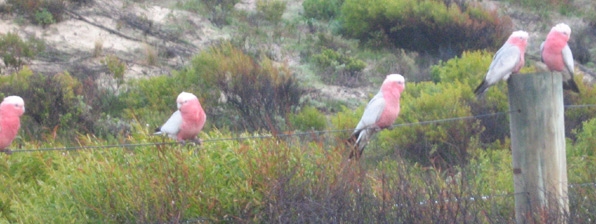

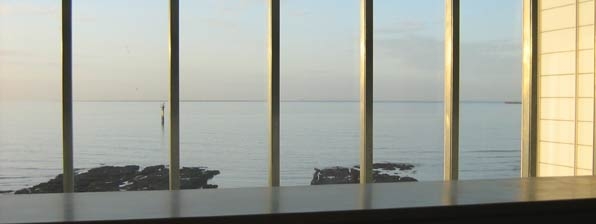

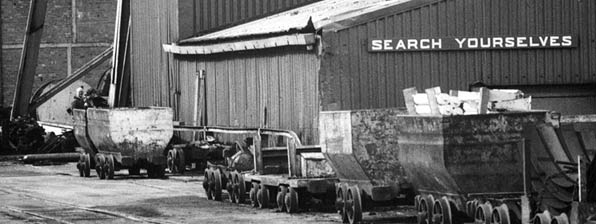







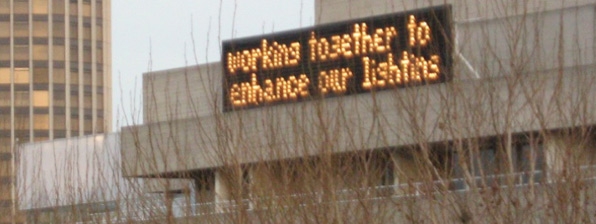
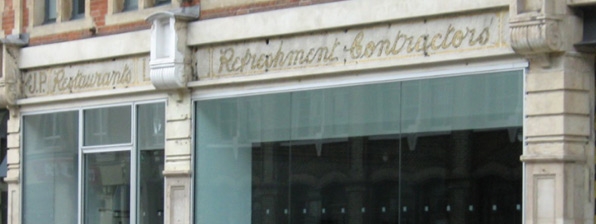




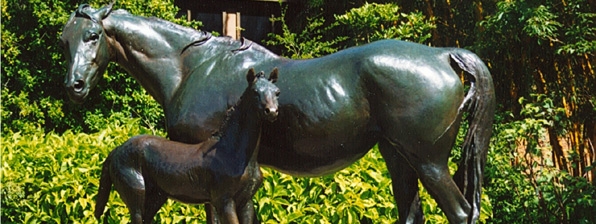


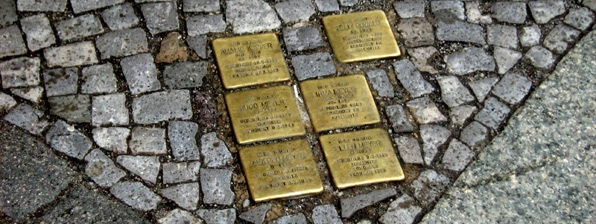

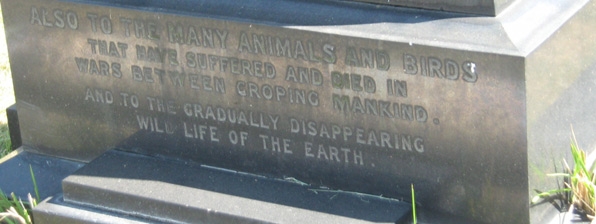


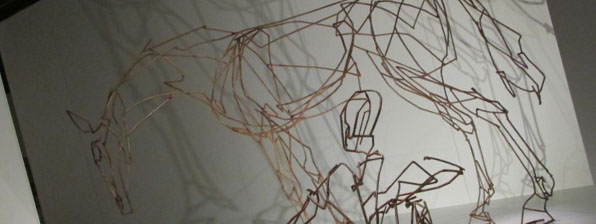


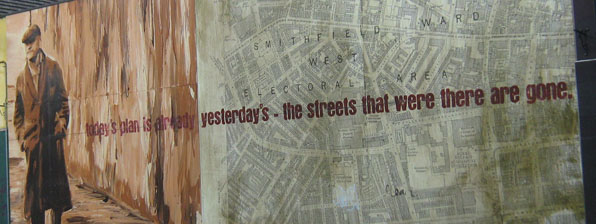
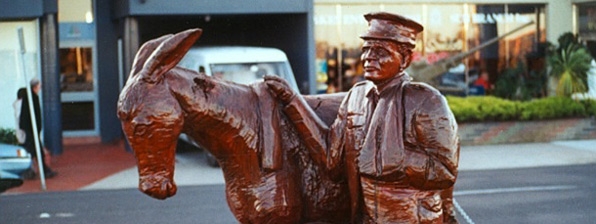





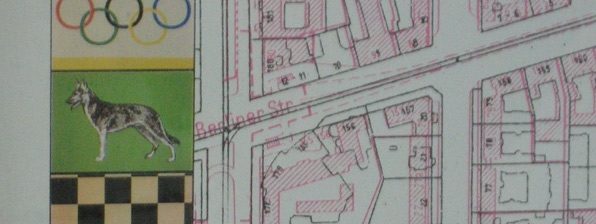
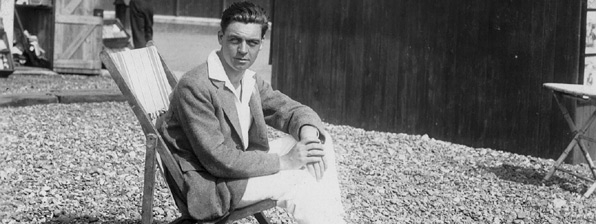



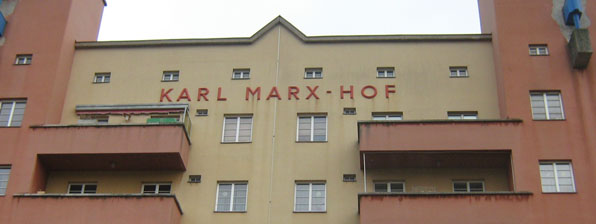




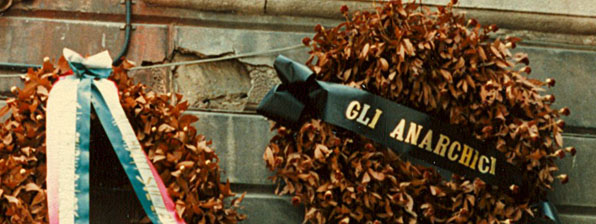
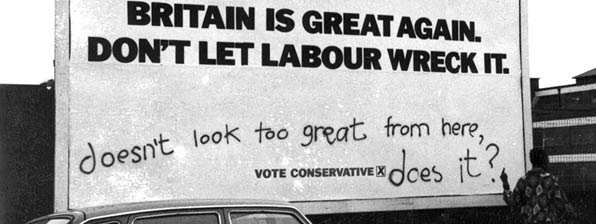
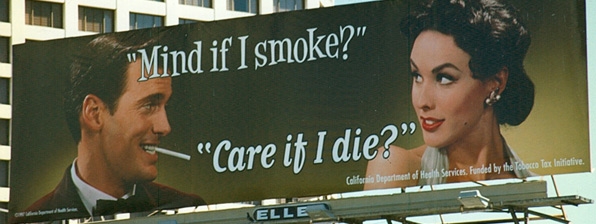
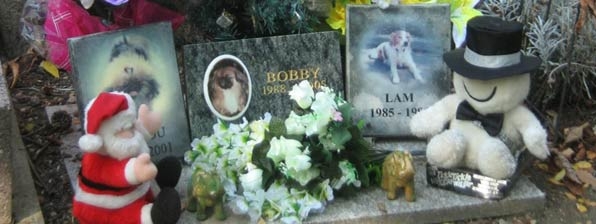
















Leave a Reply